The Majestic Leopard
Among the pantheon of big cats, leopards hold a special allure. Known for their incredible adaptability, leopards can be found across various terrains, from African savannas to Asian forests. This versatility is partly due to their solitary nature. Leopards are stealthy hunters who prefer to operate alone to maximize their chances of capturing prey. A solitary life allows them to avoid competition for food with other predators. They are known to drag their prey up into trees to keep it safe from scavengers. This behavior underscores their need for independence and self-reliance. Their solitary existence also means that leopards rely heavily on their keen senses to navigate their environments and avoid threats.
The Elusive Snow Leopard
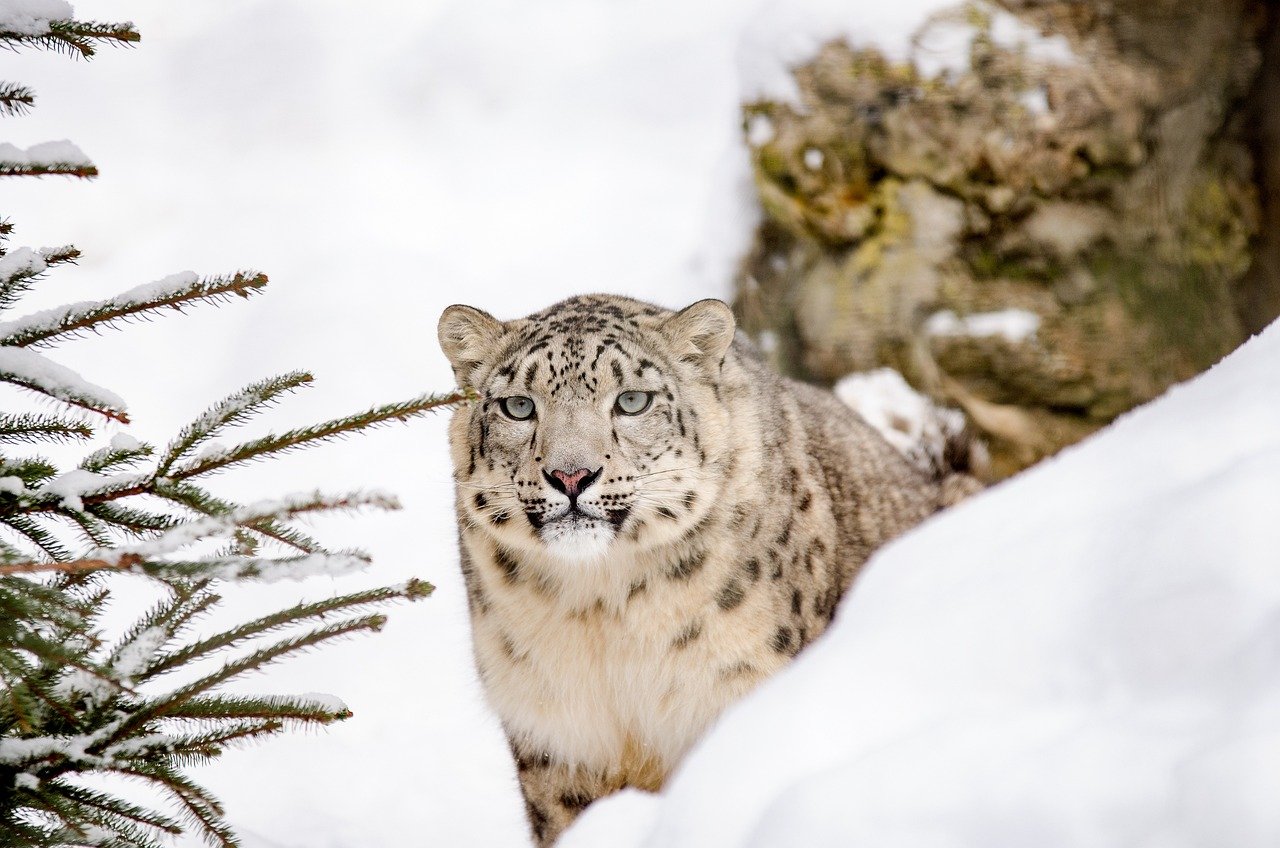
The snow leopard is often referred to as the “ghost of the mountains,” and for good reason. Living in the remote and rugged terrains of Central Asia, these solitary cats are masters of camouflage. Their thick, smoky-grey fur blends seamlessly with the rocky landscapes they inhabit. Solitary by nature, snow leopards roam vast territories in search of food, often covering great distances. This solitary lifestyle is crucial for survival in harsh environments where prey is scarce. Their elusive nature has fascinated researchers and wildlife enthusiasts alike, making them one of the most sought-after sightings in the wild. The snow leopard’s ability to remain unseen is both a survival tactic and a testament to their solitary prowess.
The Powerful Jaguar
Jaguars are the apex predators of the Americas, and their solitary lifestyle plays a significant role in maintaining their dominance. These powerful cats prefer the dense jungles and wetlands of Central and South America, where they hunt alone. Jaguars are known for their incredible strength, capable of taking down prey much larger than themselves. Their solitary nature allows them to hunt without interference, ensuring they have ample food. This independence is vital, as jaguars require large territories to support their dietary needs. Known for their unique hunting technique, jaguars use a powerful bite to pierce the skulls of their prey, a testament to their strength and solitary efficiency. This behavior highlights their need for undisturbed hunting grounds.
The Cunning Cheetah
Cheetahs, the fastest land animals, are often seen as social creatures due to their family-oriented nature. However, adult males often form small groups known as coalitions, while females prefer a solitary existence. This solitary lifestyle is primarily driven by the need to raise cubs without interference. Female cheetahs roam vast areas to find food and suitable territory for their young. The solitary nature of female cheetahs also reduces the risk of cub mortality, as it limits interactions with potential threats. This independence is crucial for their survival, as cheetahs rely on speed and stealth to capture prey. The solitary life of a female cheetah is a delicate balance of nurturing and hunting, showcasing their adaptability and resilience.
The Stealthy Clouded Leopard
Clouded leopards are enigmatic creatures that inhabit the dense forests of Southeast Asia. Named for their cloud-like spots, these cats are incredibly elusive and prefer a solitary existence. Their solitary nature is essential for survival in environments where competition for food is fierce. Clouded leopards are excellent climbers, often spending much of their time in trees to avoid predators and hunt for prey. This arboreal lifestyle is a crucial aspect of their solitary behavior, allowing them to thrive in their unique habitats. Their solitary nature also means they are rarely seen, adding to their mystique and allure. The clouded leopard’s ability to navigate the treetops with ease is a testament to their solitary efficiency and adaptability.
The Reclusive Cougar
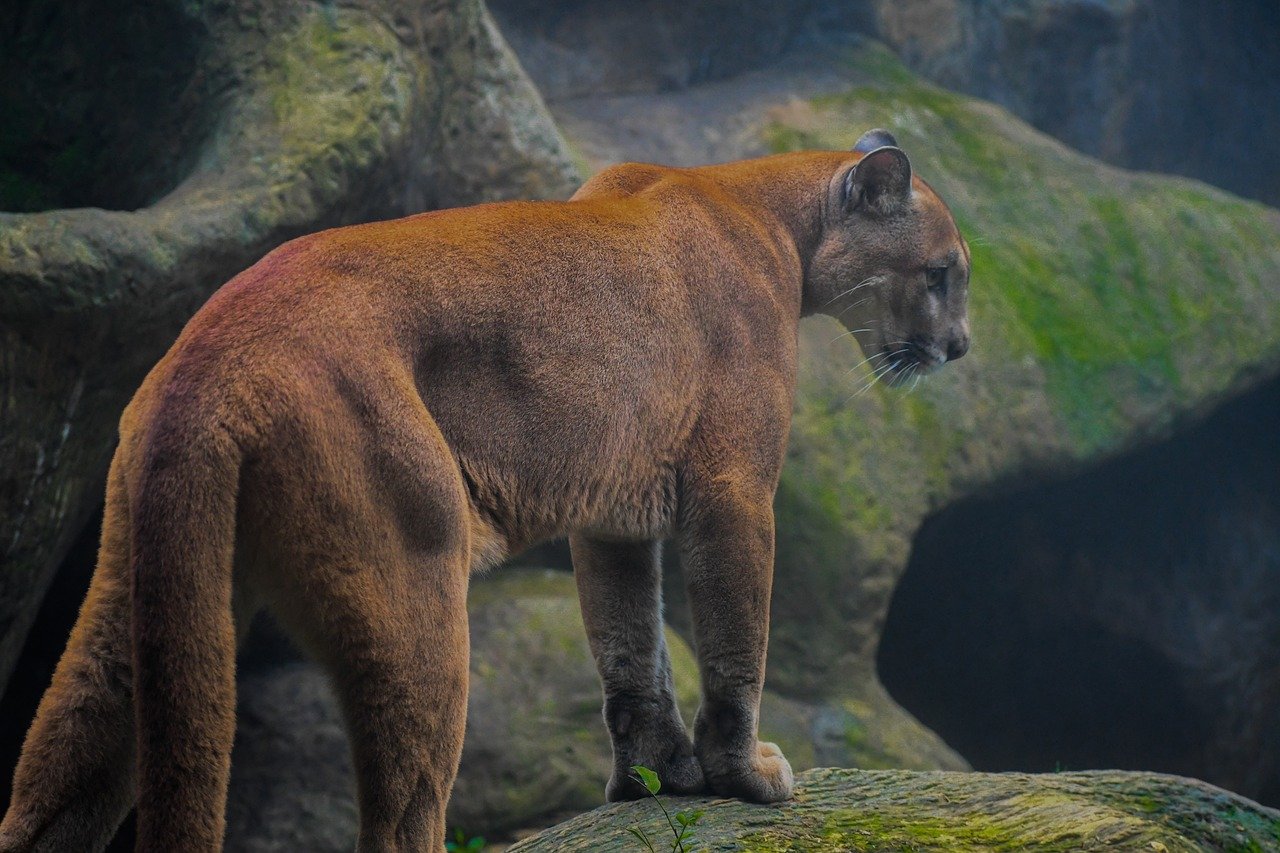
Cougars, also known as mountain lions or pumas, are solitary predators found across the Americas. These adaptable cats are known for their ability to thrive in various environments, from deserts to forests. The solitary nature of cougars is a defining characteristic, allowing them to maintain large territories for hunting. This independence is vital, as cougars require vast areas to support their dietary needs. Their solitary lifestyle also reduces competition for resources, ensuring they have access to ample food. Cougars are known for their stealth and agility, often stalking prey before making a swift and decisive attack. This solitary hunting technique is a key aspect of their survival strategy, highlighting their adaptability and prowess.
The Solitude of the Lynx
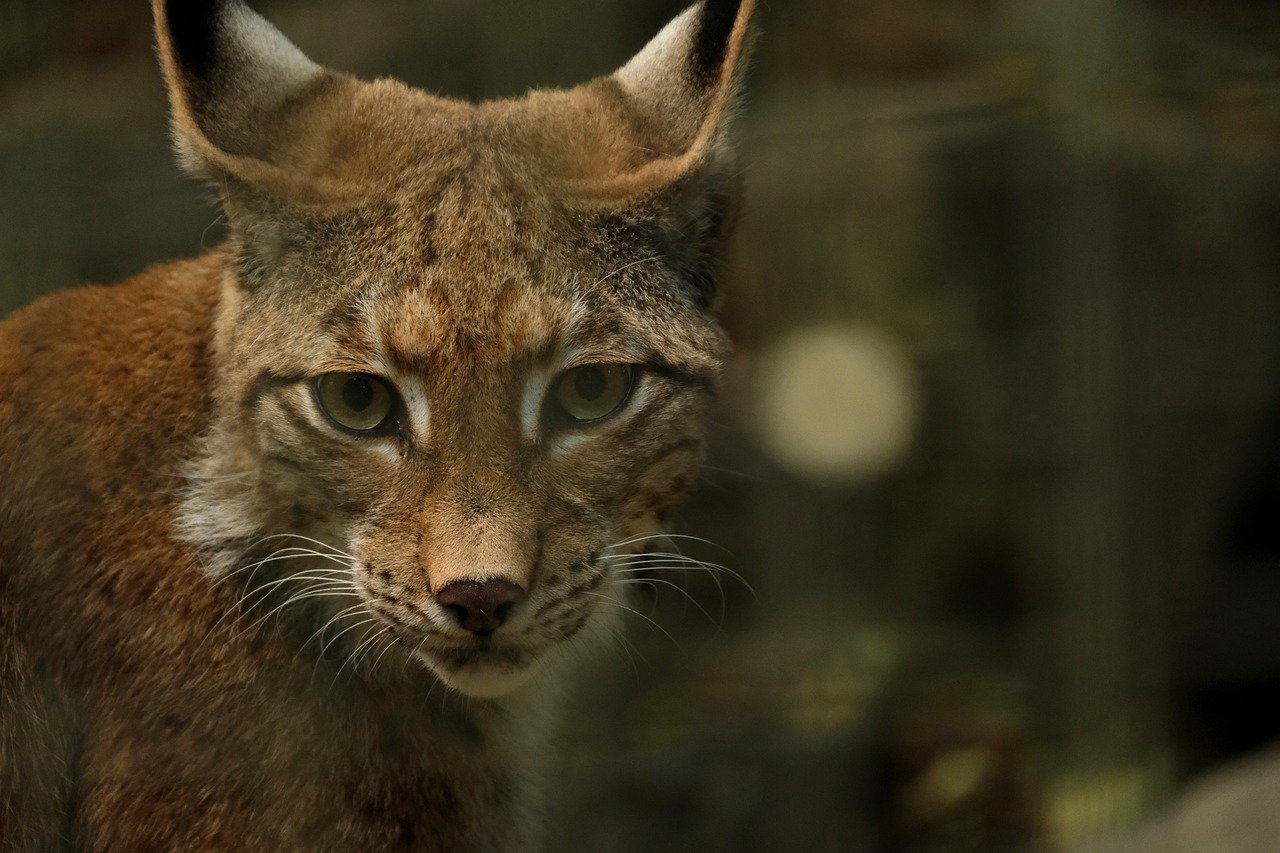
Lynxes are solitary cats found in the boreal forests of North America, Europe, and Asia. Known for their tufted ears and short tails, these cats are perfectly adapted to their cold environments. The solitary nature of lynxes allows them to roam large territories in search of prey, primarily small mammals. This independence is crucial, as lynxes rely on stealth and patience to capture their food. Their solitary lifestyle also means they are less likely to encounter competition from other predators. Lynxes are known for their keen senses, which they use to navigate their environments and avoid threats. This solitary existence is a testament to their adaptability and resilience in the wild.
The Mystery of the Black Panther
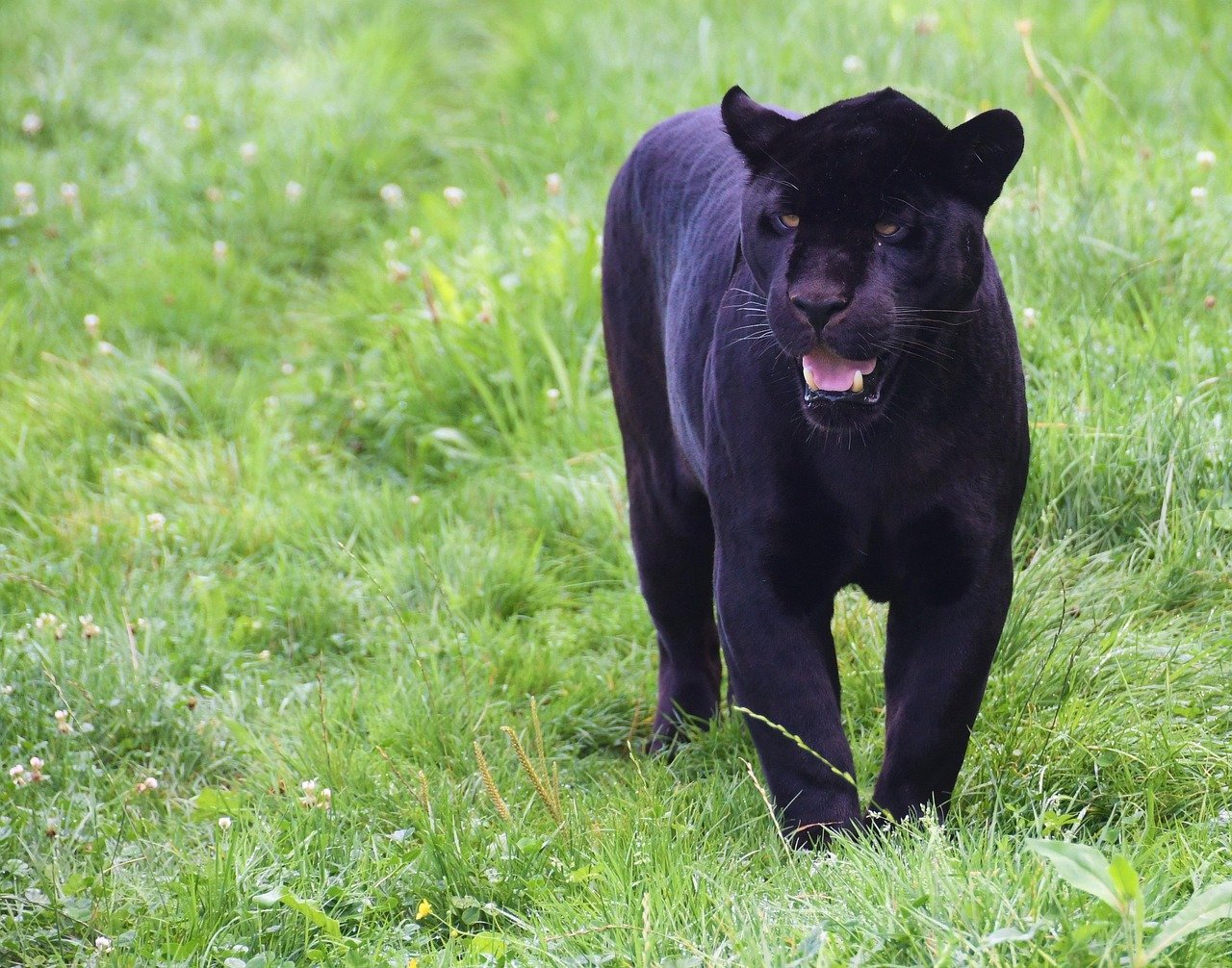
The term “black panther” refers to melanistic leopards or jaguars, distinguished by their dark, shadowy coats. These elusive creatures are often shrouded in mystery, adding to their allure. Black panthers are solitary by nature, preferring to hunt and roam alone. This independence allows them to move stealthily through their environments, undetected by both prey and potential threats. The solitary lifestyle of black panthers is essential for survival, as it reduces competition for food and territory. Their dark coats provide excellent camouflage, allowing them to blend seamlessly into their surroundings. The mystery surrounding black panthers is a testament to their solitary nature and enigmatic presence in the wild.
The Independence of the Caracal
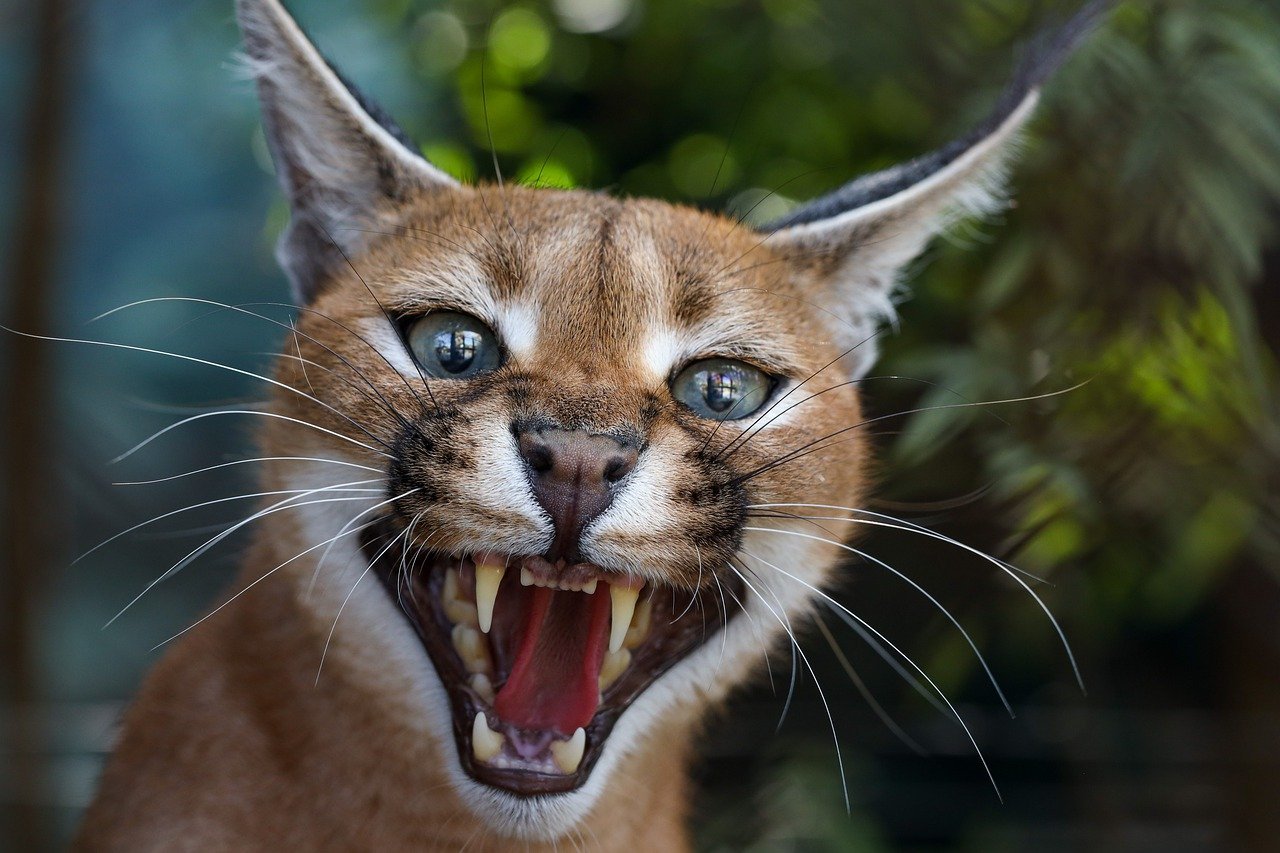
Caracals are medium-sized cats known for their striking appearance and incredible agility. Found in Africa and parts of Asia, these solitary hunters are masters of their environments. Caracals prefer to hunt alone, relying on their keen senses and agility to capture prey. This solitary lifestyle is crucial, as it allows them to navigate their territories without interference. Caracals are known for their powerful leaps, capable of capturing birds in mid-flight. This independence is a key aspect of their survival strategy, highlighting their adaptability and prowess. The solitary nature of caracals is a testament to their ability to thrive in diverse and challenging environments.
The Enigma of the Ocelot
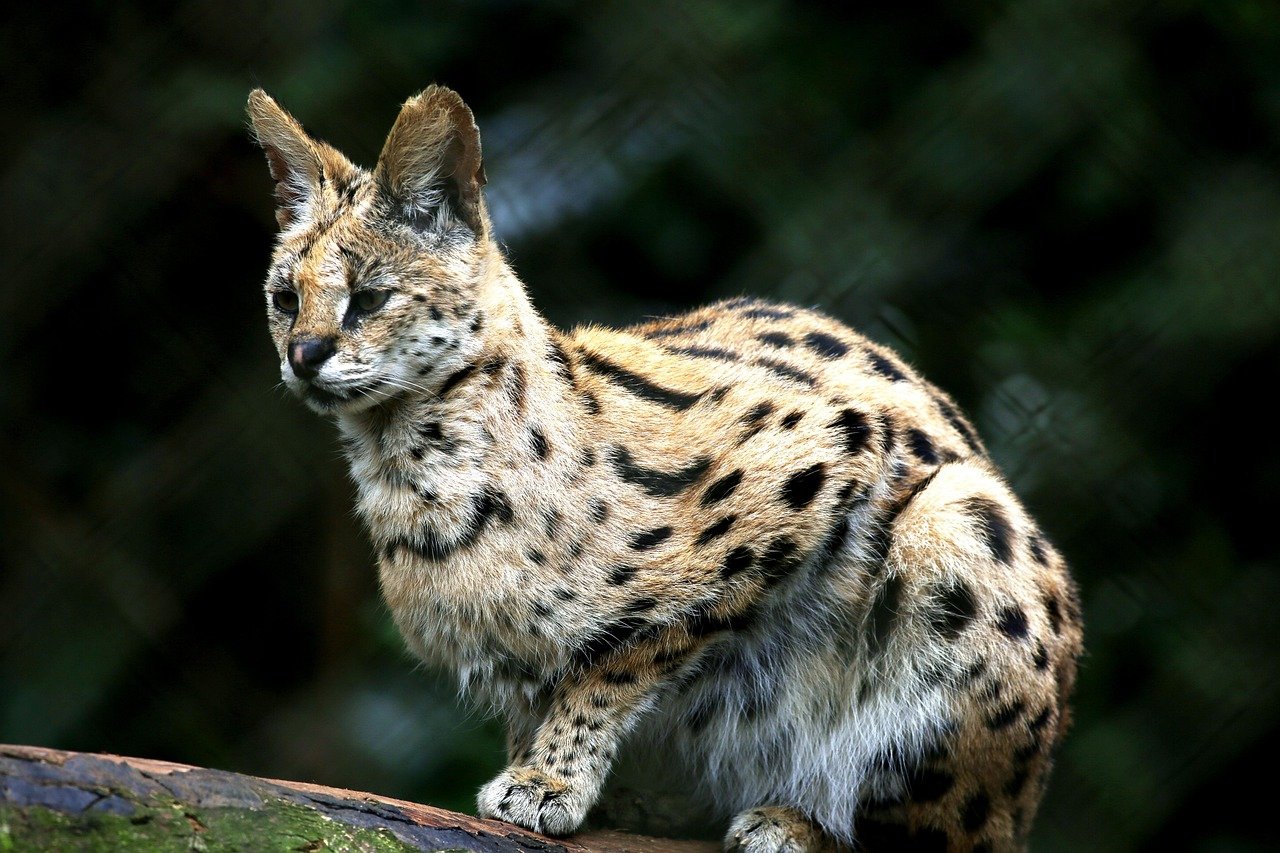
Ocelots are small, solitary cats found in the forests of Central and South America. Known for their striking spotted coats, these cats are incredibly elusive and prefer to hunt alone. The solitary nature of ocelots is essential for survival in environments where competition for food is fierce. Ocelots are known for their stealth and patience, often stalking prey before making a swift and decisive attack. This independence allows them to navigate their territories without interference, ensuring they have ample food. The solitary lifestyle of ocelots is a key aspect of their survival strategy, highlighting their adaptability and resilience in the wild. Their elusive nature adds to their mystique, making them a fascinating subject for wildlife enthusiasts.
The Seclusion of the Fishing Cat
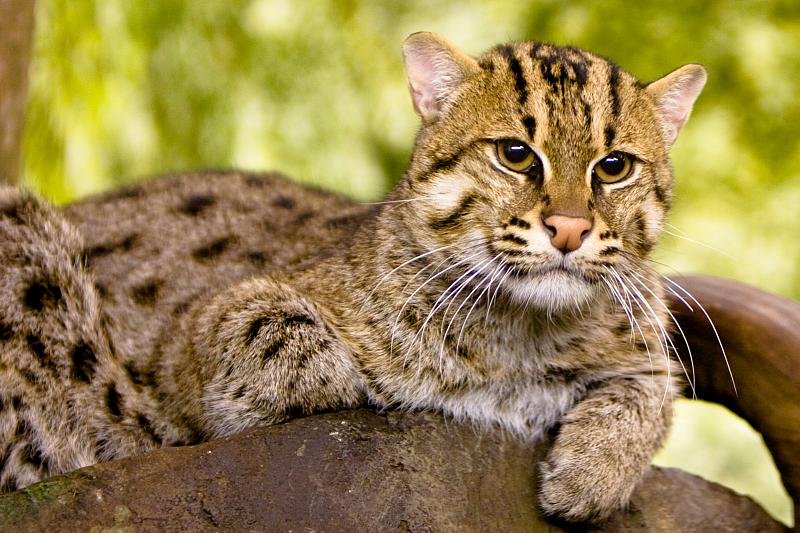
Fishing cats are unique among big cats, as they have a strong affinity for water. Found in the wetlands of South and Southeast Asia, these solitary hunters are masters of their aquatic environments. Fishing cats prefer to hunt alone, relying on their keen senses and agility to catch fish. This solitary lifestyle is crucial, as it allows them to navigate their territories without interference. Fishing cats are known for their powerful swimming abilities, often diving into water to catch prey. This independence is a key aspect of their survival strategy, highlighting their adaptability and prowess. The solitary nature of fishing cats is a testament to their ability to thrive in diverse and challenging environments.
The Solitary Nature of the Serval
Servals are medium-sized cats known for their long legs and distinctive spots. Found in the grasslands of Africa, these solitary hunters are masters of their environments. Servals prefer to hunt alone, relying on their keen senses and agility to capture prey. This solitary lifestyle is crucial, as it allows them to navigate their territories without interference. Servals are known for their powerful leaps, capable of capturing birds in mid-flight. This independence is a key aspect of their survival strategy, highlighting their adaptability and prowess. The solitary nature of servals is a testament to their ability to thrive in diverse and challenging environments.
The Mystery of the Marbled Cat
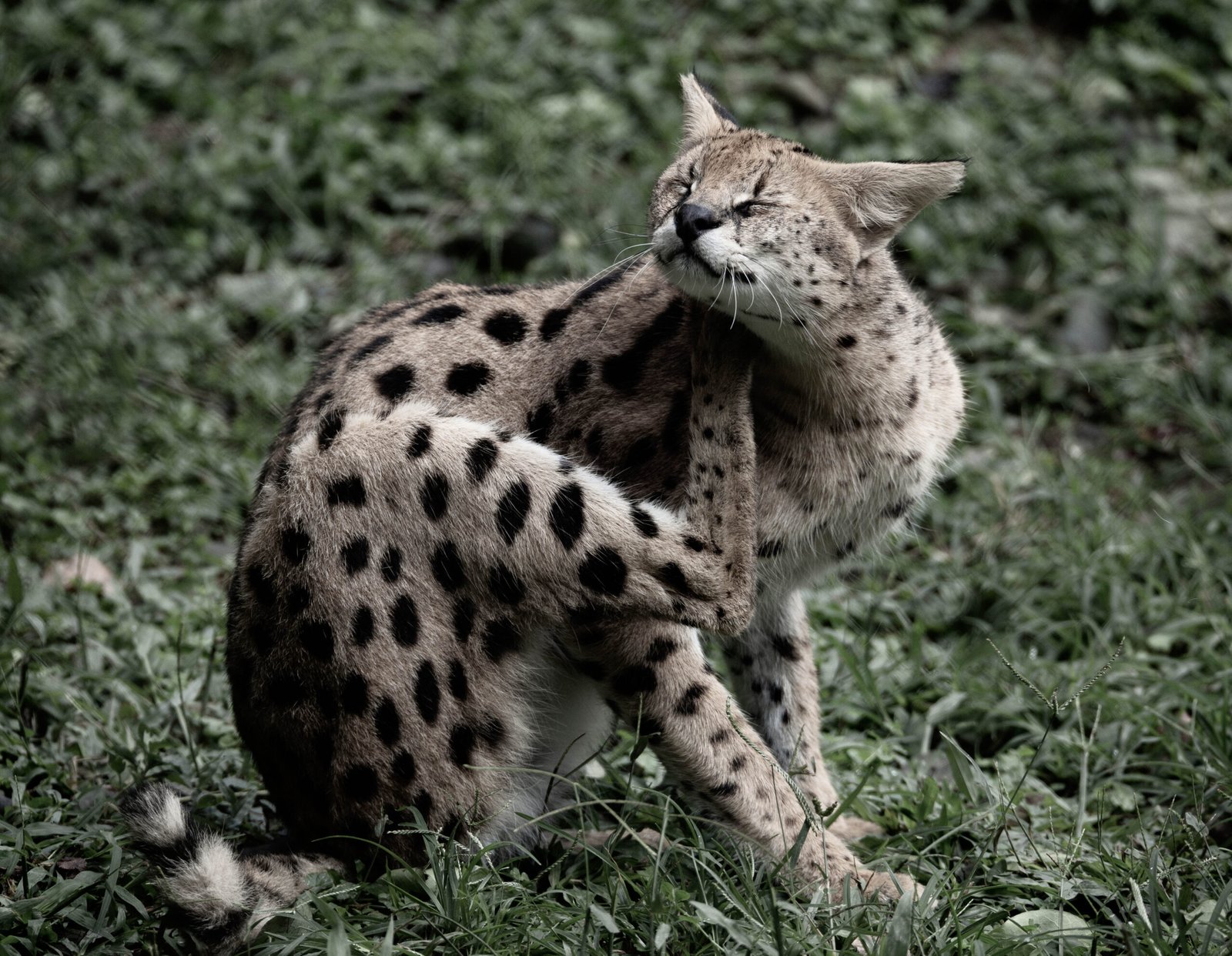
Marbled cats are small, solitary cats found in the forests of Southeast Asia. Known for their striking marbled coats, these cats are incredibly elusive and prefer to hunt alone. The solitary nature of marbled cats is essential for survival in environments where competition for food is fierce. Marbled cats are known for their stealth and patience, often stalking prey before making a swift and decisive attack. This independence allows them to navigate their territories without interference, ensuring they have ample food. The solitary lifestyle of marbled cats is a key aspect of their survival strategy, highlighting their adaptability and resilience in the wild. Their elusive nature adds to their mystique, making them a fascinating subject for wildlife enthusiasts.
The Enigma of the Jungle Cat
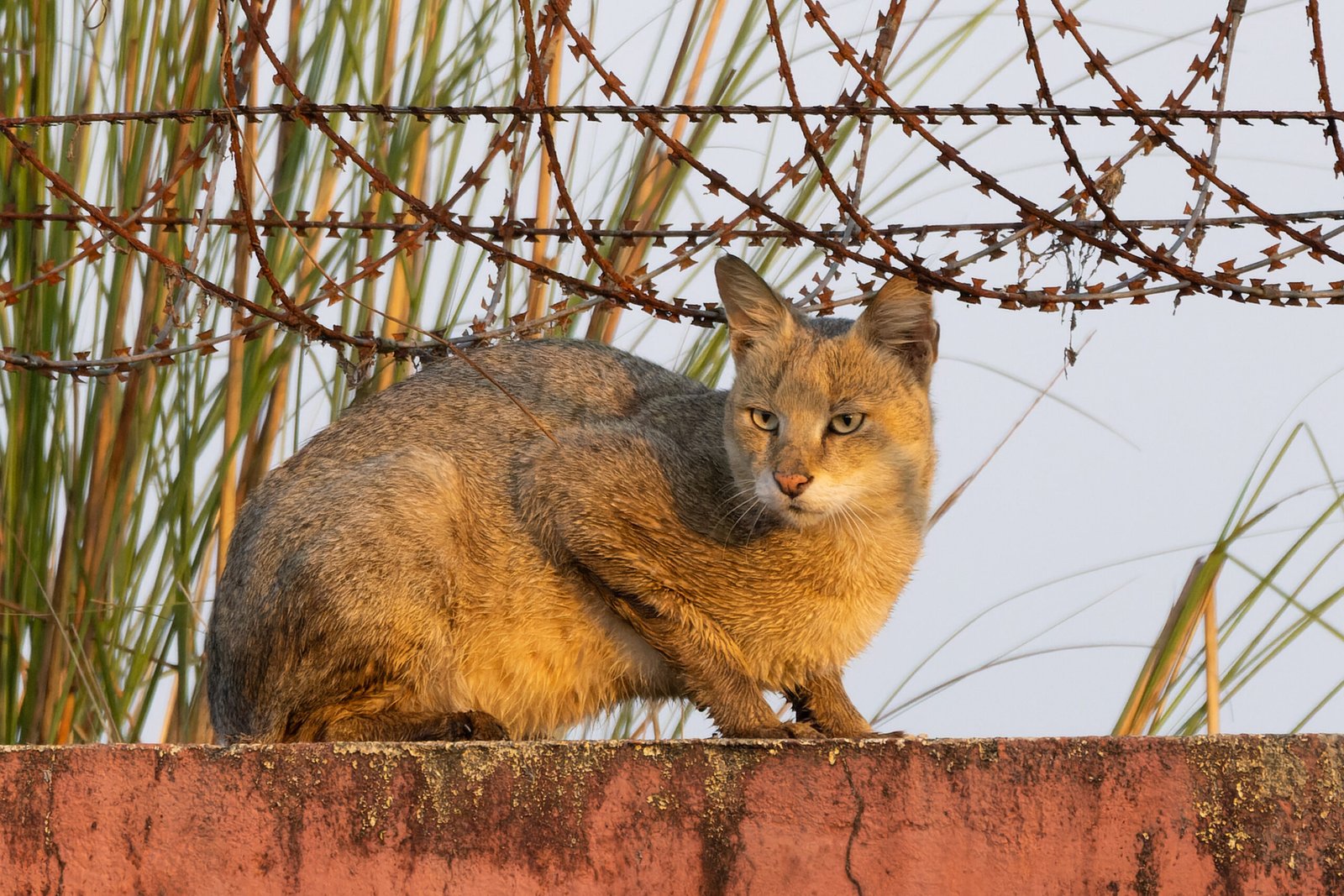
Jungle cats are medium-sized cats found in the forests and wetlands of Asia. Known for their distinctive appearance and adaptability, these solitary hunters are masters of their environments. Jungle cats prefer to hunt alone, relying on their keen senses and agility to capture prey. This solitary lifestyle is crucial, as it allows them to navigate their territories without interference. Jungle cats are known for their powerful leaps, capable of capturing birds in mid-flight. This independence is a key aspect of their survival strategy, highlighting their adaptability and prowess. The solitary nature of jungle cats is a testament to their ability to thrive in diverse and challenging environments.
The Solitude of the African Golden Cat
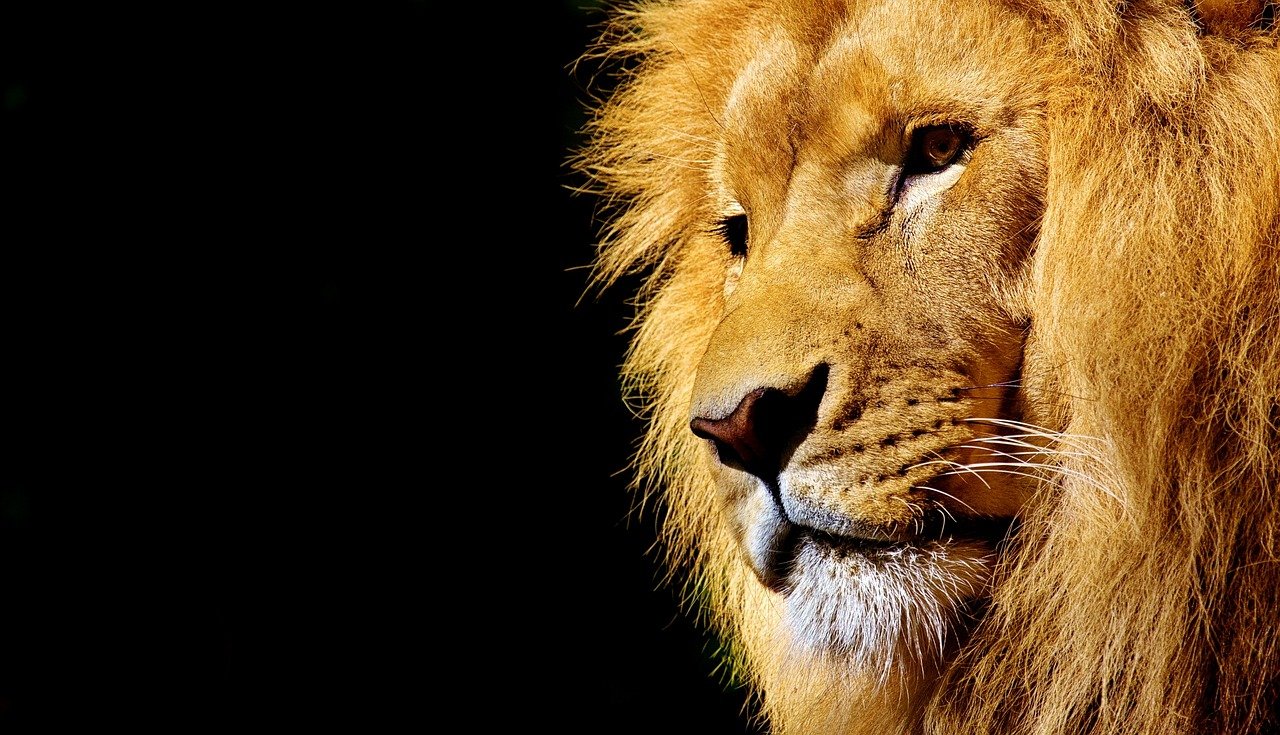
African golden cats are medium-sized cats found in the forests of Central and West Africa. Known for their striking golden coats, these solitary hunters are masters of their environments. African golden cats prefer to hunt alone, relying on their keen senses and agility to capture prey. This solitary lifestyle is crucial, as it allows them to navigate their territories without interference. African golden cats are known for their stealth and patience, often stalking prey before making a swift and decisive attack. This independence is a key aspect of their survival strategy, highlighting their adaptability and prowess. The solitary nature of African golden cats is a testament to their ability to thrive in diverse and challenging environments.
The Mystery of the Rusty-Spotted Cat
Rusty-spotted cats are small, solitary cats found in the forests of India and Sri Lanka. Known for their striking rusty coats, these cats are incredibly elusive and prefer to hunt alone. The solitary nature of rusty-spotted cats is essential for survival in environments where competition for food is fierce. Rusty-spotted cats are known for their stealth and patience, often stalking prey before making a swift and decisive attack. This independence allows them to navigate their territories without interference, ensuring they have ample food. The solitary lifestyle of rusty-spotted cats is a key aspect of their survival strategy, highlighting their adaptability and resilience in the wild. Their elusive nature adds to their mystique, making them a fascinating subject for wildlife enthusiasts.
The Enigma of the Pallas’s Cat
Pallas’s cats, also known as manuls, are small, solitary cats found in the grasslands of Central Asia. Known for their distinctive appearance and adaptability, these solitary hunters are masters of their environments. Pallas’s cats prefer to hunt alone, relying on their keen senses and agility to capture prey. This solitary lifestyle is crucial, as it allows them to navigate their territories without interference. Pallas’s cats are known for their powerful leaps, capable of capturing birds in mid-flight. This independence is a key aspect of their survival strategy, highlighting their adaptability and prowess. The solitary nature of Pallas’s cats is a testament to their ability to thrive in diverse and challenging environments.
The Seclusion of the Sand Cat
Sand cats are small, solitary cats found in the deserts of North Africa and Southwest Asia. Known for their distinctive appearance and adaptability, these solitary hunters are masters of their environments. Sand cats prefer to hunt alone, relying on their keen senses and agility to capture prey. This solitary lifestyle is crucial, as it allows them to navigate their territories without interference. Sand cats are known for their powerful leaps, capable of capturing birds in mid-flight. This independence is a key aspect of their survival strategy, highlighting their adaptability and prowess. The solitary nature of sand cats is a testament to their ability to thrive in diverse and challenging environments.
The Solitude of the Andean Mountain Cat
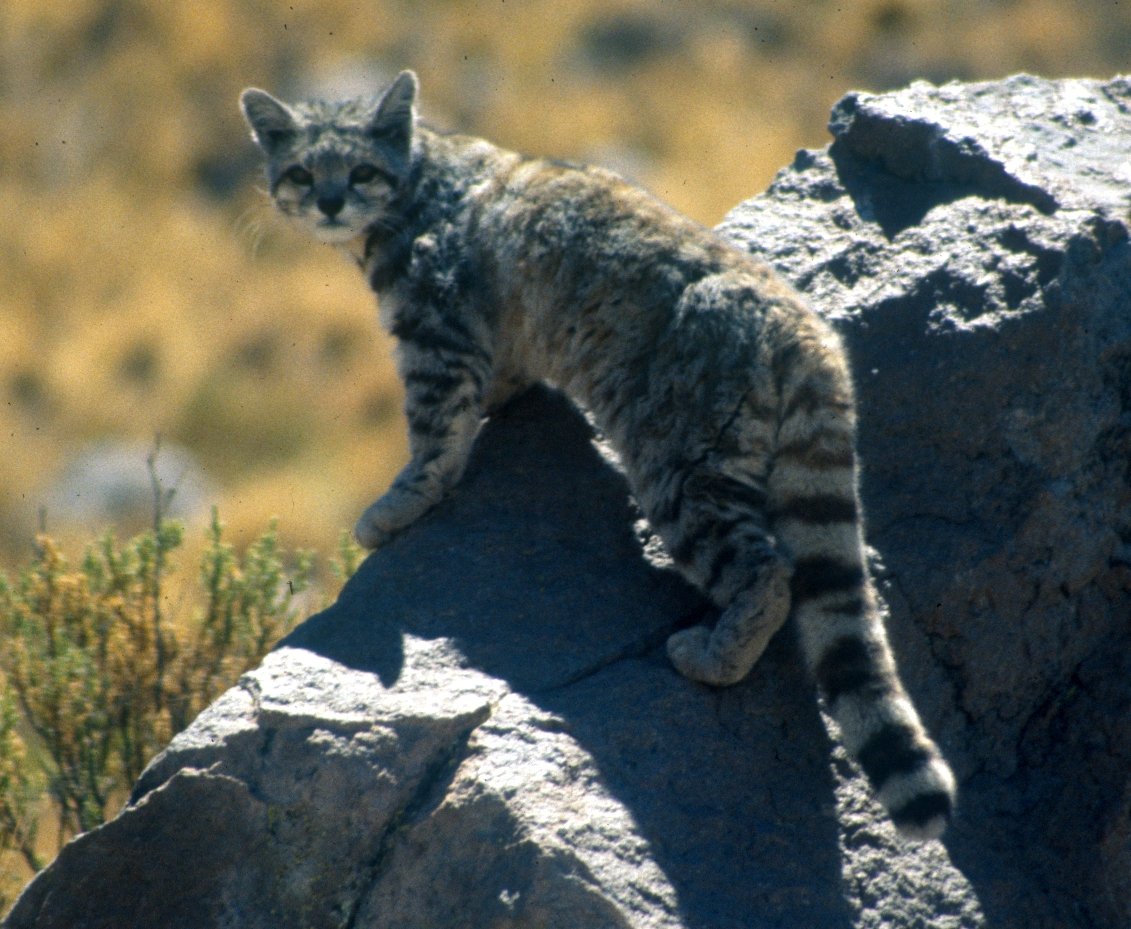
Andean mountain cats are small, solitary cats found in the high-altitude regions of the Andes. Known for their distinctive appearance and adaptability, these solitary hunters are masters of their environments. Andean mountain cats prefer to hunt alone, relying on their keen senses and agility to capture prey. This solitary lifestyle is crucial, as it allows them to navigate their territories without interference. Andean mountain cats are known for their powerful leaps, capable of capturing birds in mid-flight. This independence is a key aspect of their survival strategy, highlighting their adaptability and prowess. The solitary nature of Andean mountain cats is a testament to their ability to thrive in diverse and challenging environments.
Hi, I’m Bola, a passionate writer and creative strategist with a knack for crafting compelling content that educates, inspires, and connects. Over the years, I’ve honed my skills across various writing fields, including content creation, copywriting, online course development, and video scriptwriting.
When I’m not at my desk, you’ll find me exploring new ideas, reading books, or brainstorming creative ways to solve challenges. I believe that words have the power to transform, and I’m here to help you leverage that power for success.
Thanks for stopping by, Keep coming to this website to checkout new articles form me. You’d always love it!






